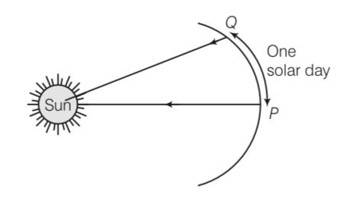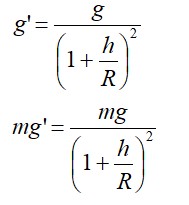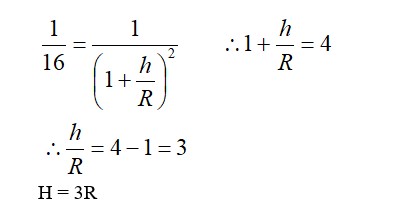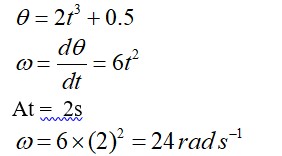Mean solar day is the time interval between two successive noon when sun passes through zenith point (meridian). Sidereal day is the time interval between two successive transit of a distant star through the zenith point (meridian). By drawing appropriate diagram showing earth’s spin and orbital motion, show that mean solar day is four minutes longer than the sidereal day. In other words, distant stars would rise 4 minutes early every successive day. (Hint: you may assume circular orbit for the earth).
Mean solar day is the time interval between two successive noon when sun passes through zenith point (meridian). Sidereal day is the time interval between two successive transit of a distant star through the zenith point (meridian). By drawing appropriate diagram showing earth’s spin and orbital motion, show that mean solar day is four minutes longer than the sidereal day. In other words, distant stars would rise 4 minutes early every successive day. (Hint: you may assume circular orbit for the earth).
-
1 Answer
-
This is a Short Answer Type Questions as classified in NCERT Exemplar
Explanation-Every day the earth advances in the orbit by approximately 10. Then it will have to rotate by 3610 to have the sun at zenith point again. So 3610 corresponds to 24h
So 1o corresponds to 24/361= 0.066h=3.99 min =4min

Hence distant stars would rise 4 min early every successive day.
Similar Questions for you
->R3 = (R + x)2 (R – x)
->R3 = (R2– x2) (R + x)
->x2 + Rx – R2 = 0
Stress
R is not correct.
Taking an Exam? Selecting a College?
Get authentic answers from experts, students and alumni that you won't find anywhere else
Sign Up on ShikshaOn Shiksha, get access to
- 65k Colleges
- 1.2k Exams
- 679k Reviews
- 1800k Answers




